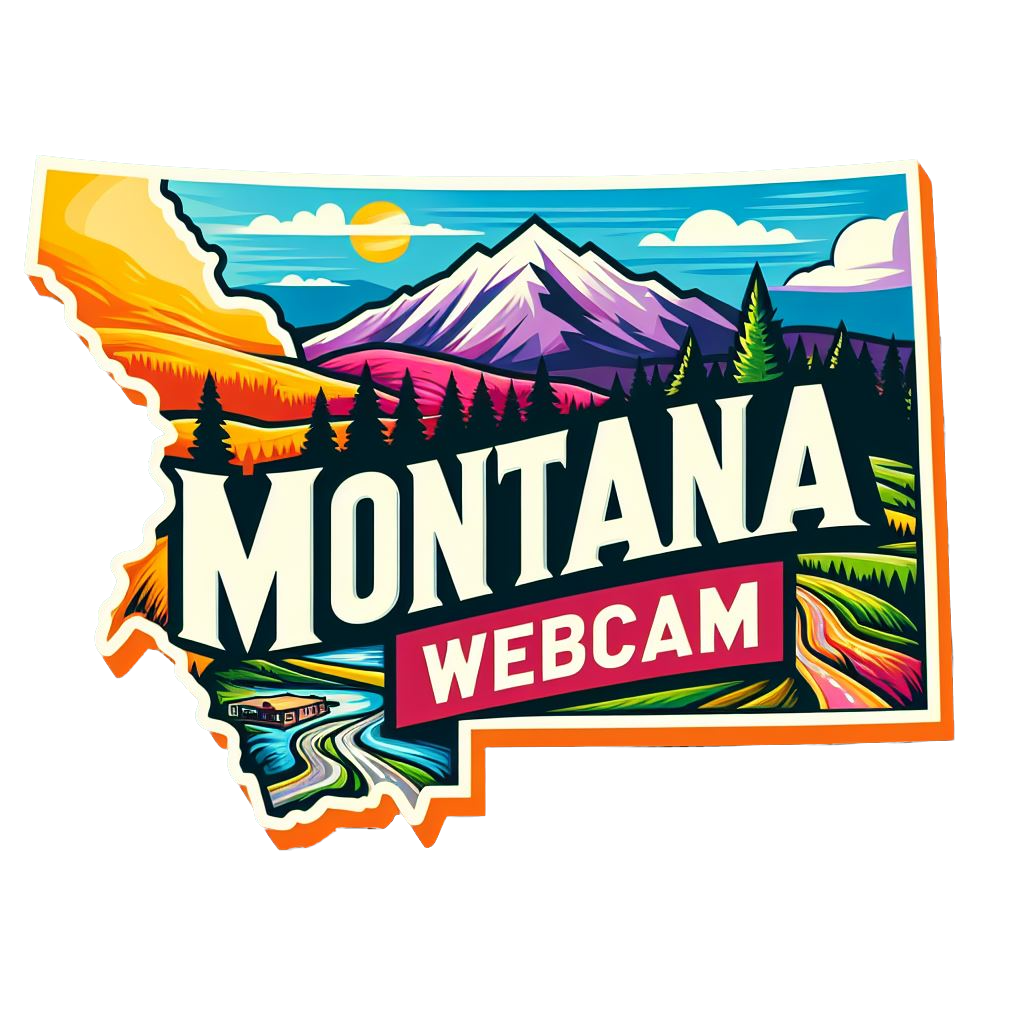Polson, MT Weather Cams
Flathead Lake as viewed form Polson
Veteran’s Memorial Bridge Cam
Polson Airport Cam
Polson, Montana: Gateway to Flathead Lake and Beyond
Polson, MT Weather Cams. Nestled on the southern shore of the expansive Flathead Lake, Polson, Montana, is a charming town steeped in history, natural beauty, and community spirit. From its early days as a trading post to its emergence as a vibrant hub of commerce and recreation in the heart of the Mission Valley, Polson’s story is one of resilience, adaptation, and growth. As the gateway to Flathead Lake and the surrounding wilderness, Polson holds a special place in the hearts of residents and visitors alike.
Indigenous Roots and Early Settlement
Long before the arrival of European settlers, the area around Polson was inhabited by indigenous peoples, including the Salish, Kootenai, and Pend d’Oreille tribes. These tribes lived in harmony with the land, relying on the abundant natural resources of the valley for food, shelter, and spiritual sustenance.
The first European settlers arrived in the Polson area in the mid-19th century, drawn by the fertile soil, abundant wildlife, and scenic beauty of the Mission Valley. In 1870, the Jesuit missionary Father Pierre-Jean De Smet established the St. Ignatius Mission nearby, laying the groundwork for future settlement and development in the region.
Growth and Development
The town of Polson was officially established in 1910, named after pioneer rancher David Polson, who settled in the area in the late 19th century. With the arrival of the Great Northern Railway in 1909, Polson experienced rapid growth and development as a transportation and trade hub in the Mission Valley.
The construction of a sawmill and lumber mill in the early 20th century brought new opportunities for employment and economic growth to Polson, as timber became a major industry in the region. The town’s location on the shores of Flathead Lake also made it an ideal location for tourism and recreation, attracting visitors from across the country to enjoy the lake’s pristine waters and scenic surroundings.
Agricultural Heritage
In addition to timber, agriculture has played a vital role in the economy and culture of Polson since its early days. The fertile soil and favorable climate of the Mission Valley made it an ideal location for farming and ranching, with crops such as wheat, barley, and hay thriving in the rich, alluvial soil.
The establishment of irrigation systems and cooperative farming associations in the early 20th century further boosted agricultural production in the region, allowing farmers and ranchers to cultivate larger tracts of land and diversify their crops. Today, agriculture remains an important part of Polson’s economy, with farms and ranches dotting the landscape and providing fresh, locally grown food to residents and visitors alike.
Tourism and Recreation
With its stunning scenery, outdoor recreation opportunities, and small-town charm, Polson has become a popular destination for tourists and outdoor enthusiasts seeking adventure and relaxation in the Montana wilderness. Flathead Lake, the largest natural freshwater lake west of the Mississippi River, is a major draw for visitors, offering a wide range of activities such as boating, fishing, swimming, and wildlife viewing.
In addition to Flathead Lake, Polson is also surrounded by national forests, wilderness areas, and recreational trails, making it an ideal basecamp for exploring the natural beauty of western Montana. Hiking, camping, hunting, and skiing are just a few of the outdoor activities available to visitors in the Polson area, providing endless opportunities for adventure and exploration.
Community Spirit and Resilience
Throughout its history, Polson has been defined by a strong sense of community spirit and resilience in the face of challenges. From the devastating wildfires of the early 20th century to the economic downturns of the Great Depression and beyond, the people of Polson have always come together to support one another and rebuild their town.
Community events, festivals, and celebrations are held throughout the year, bringing residents and visitors together to celebrate Polson’s heritage and culture. The annual Cherry Festival, held in July, showcases the region’s cherry orchards and agricultural heritage, while the Flathead Lake Powwow celebrates the rich traditions and cultural diversity of the Salish, Kootenai, and Pend d’Oreille tribes.
Economic Diversification and Growth
In recent years, Polson has experienced renewed economic growth and diversification, fueled by the expansion of tourism, recreation, and outdoor industries in the region. New businesses, restaurants, and shops have opened in downtown Polson, revitalizing the town’s historic district and creating new opportunities for residents and entrepreneurs.
The construction of the Polson Bridge and the completion of Highway 93 in the 1960s further enhanced Polson’s accessibility and connectivity to the surrounding area, opening up new markets and opportunities for growth and development. Today, Polson continues to evolve and thrive as a vibrant center of commerce, culture, and community in the heart of the Mission Valley.
Looking Ahead
As Polson looks to the future, it remains committed to preserving its natural beauty, heritage, and small-town charm while embracing new opportunities for growth and prosperity. With its stunning scenery, outdoor recreation opportunities, and strong sense of community, Polson is poised to remain a beloved destination for residents and visitors alike for generations to come. Whether you’re exploring the shores of Flathead Lake, hiking in the surrounding wilderness, or simply soaking in the small-town atmosphere, Polson offers something for everyone to discover and enjoy.
For more information, visit the official Polson, MT website.
